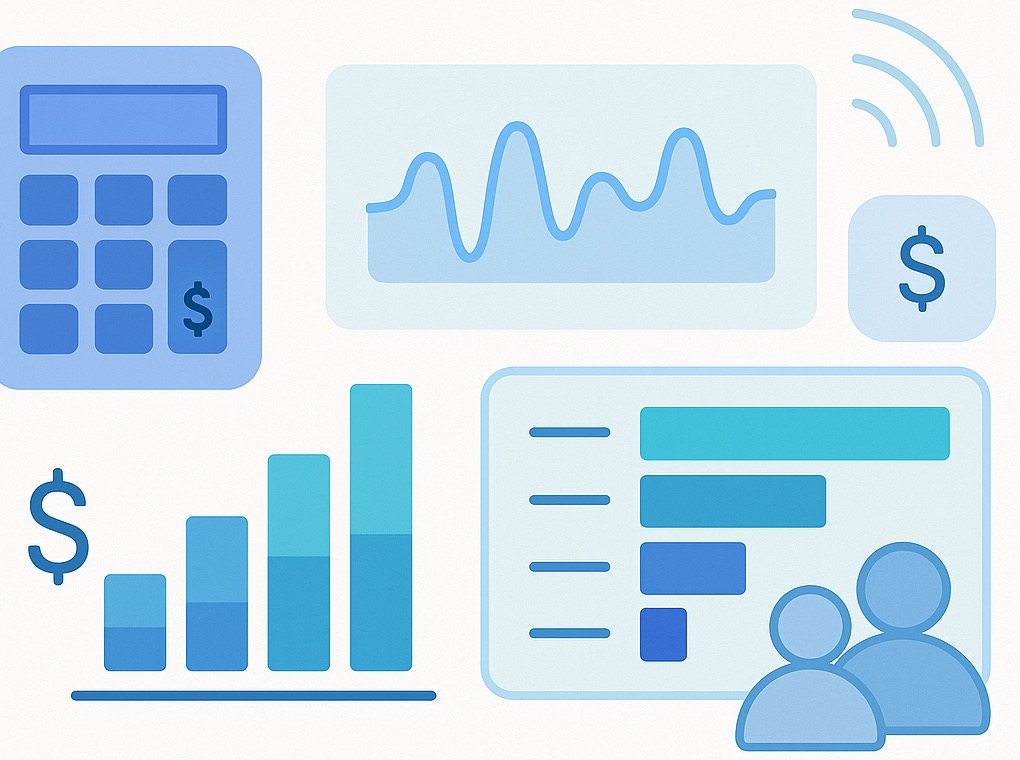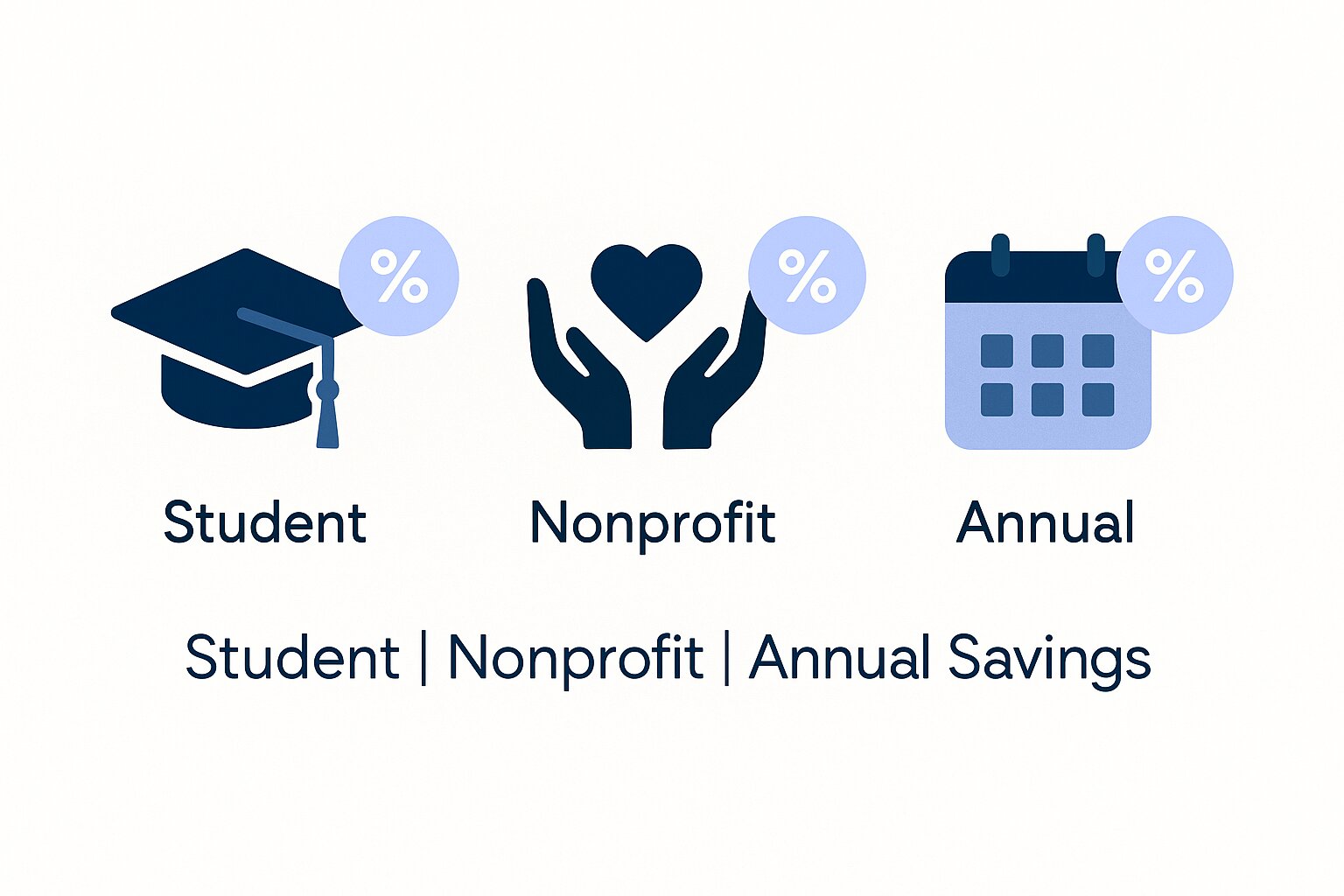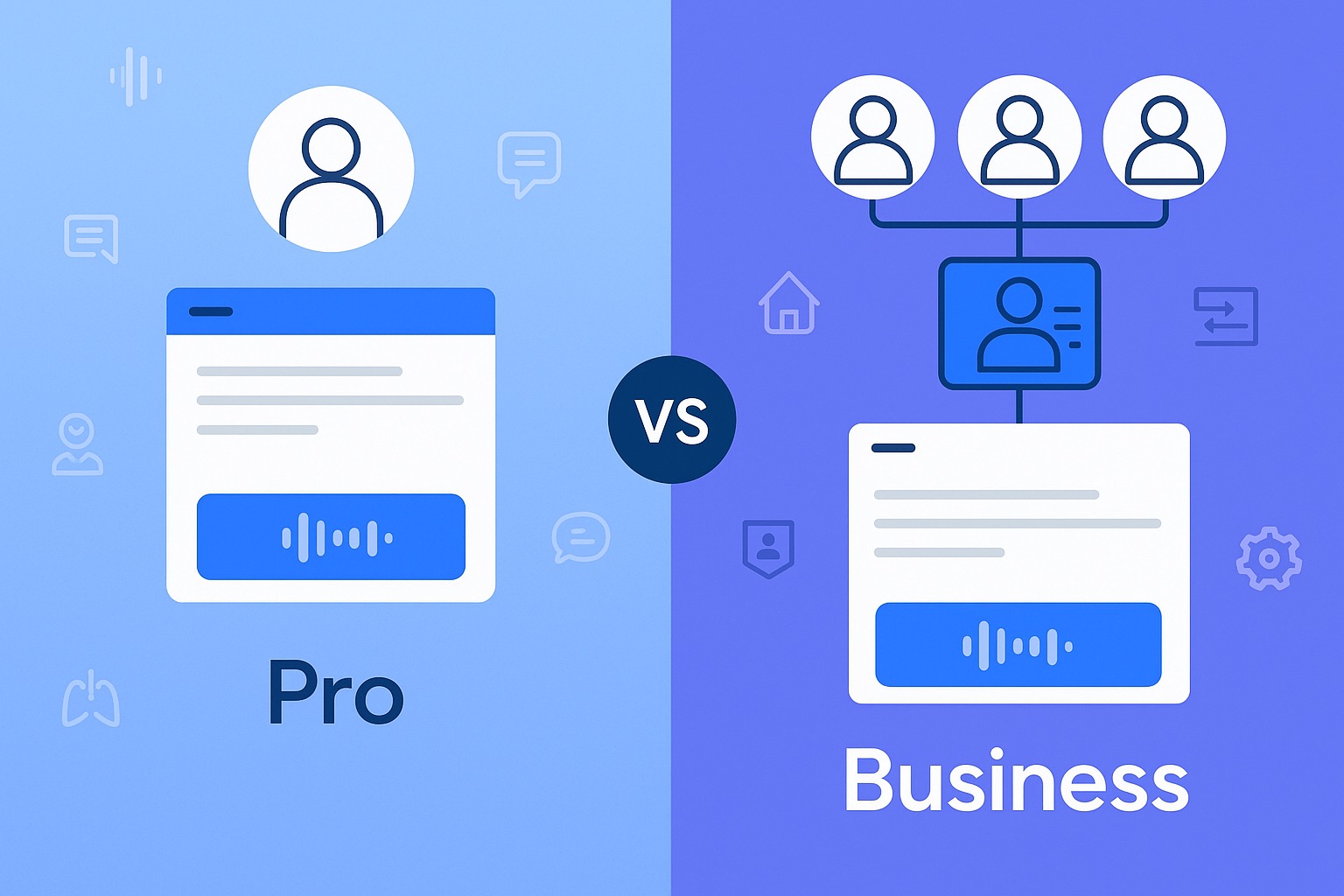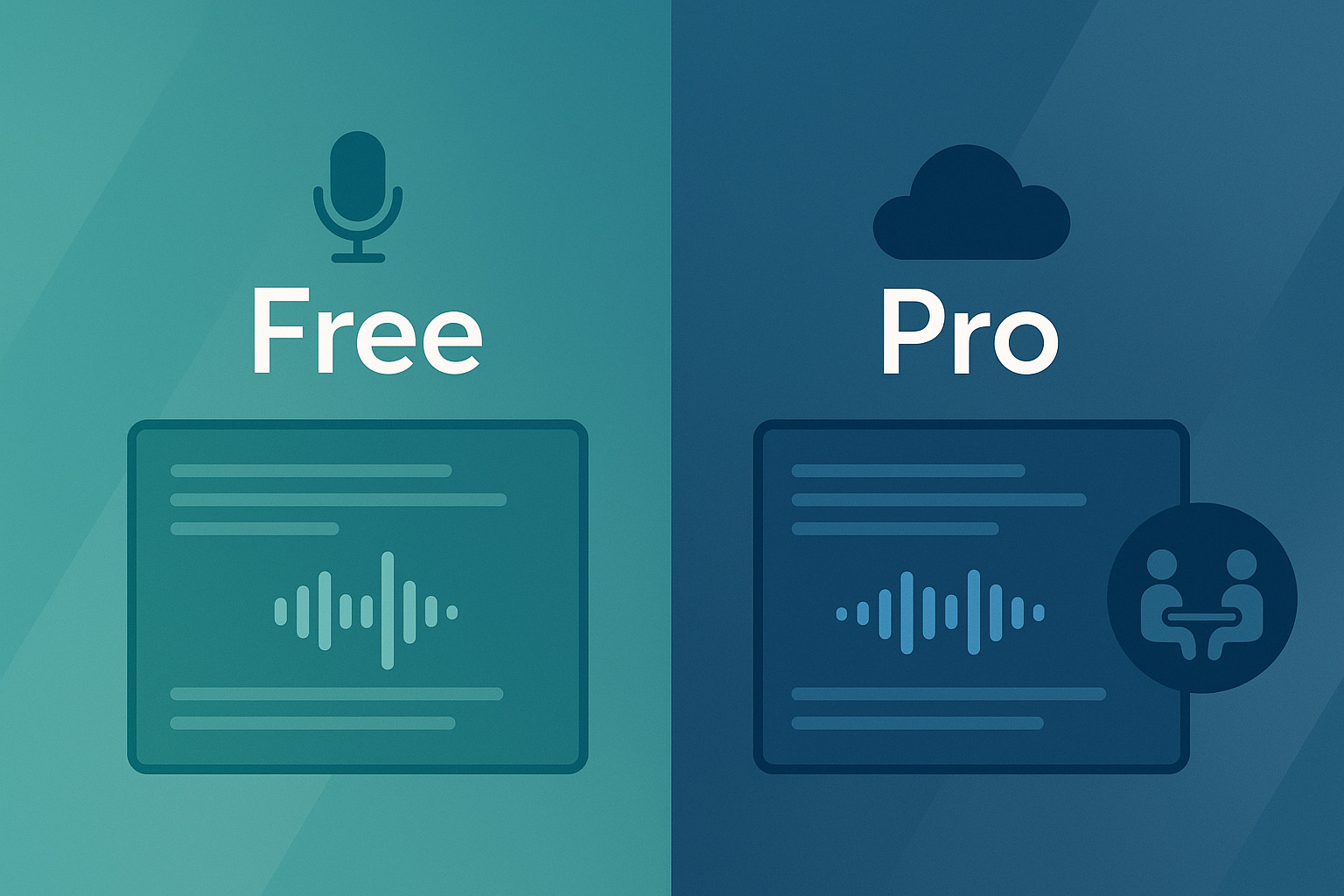· Whispr Notes · 4 min read
Is Otter.ai Secure? An In-Depth 2025 Security Review
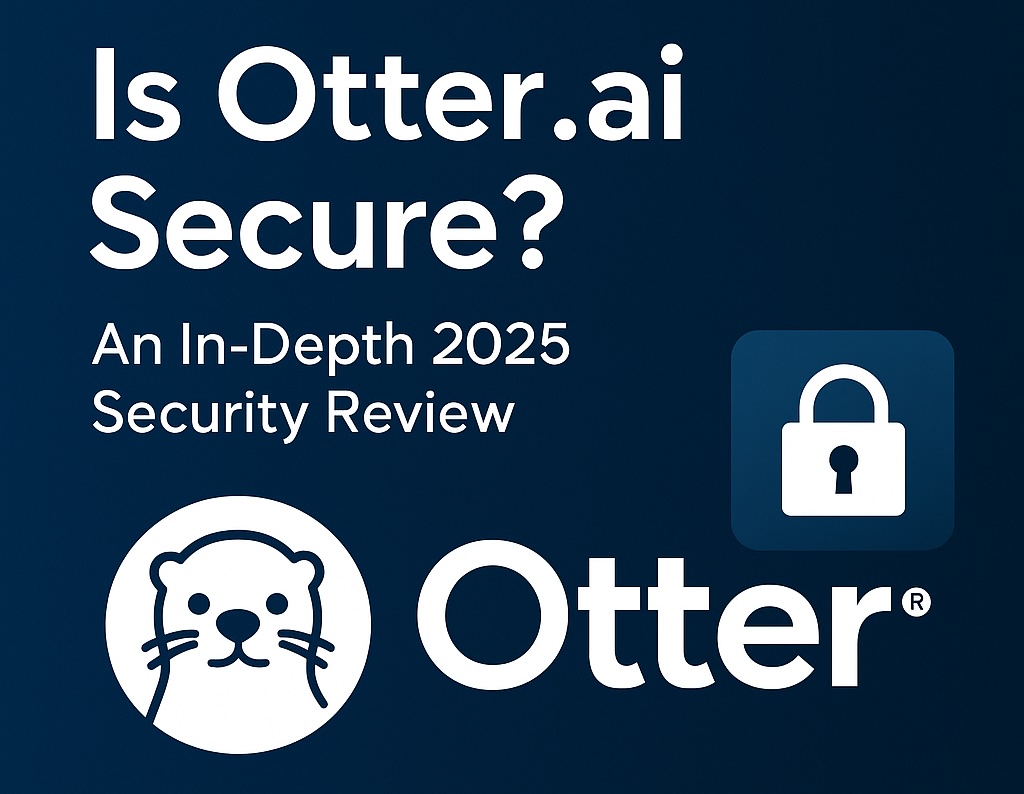
Introduction
Otter.ai has become one of the most recognizable names in AI-powered transcription. From journalists to corporate teams, millions rely on it to capture and organize spoken content. Its real-time transcription, speaker identification, and meeting integration features are hard to beat.
But with sensitive information—business strategies, personal conversations, medical notes—being processed and stored, the question many are asking in 2025 is simple: Is Otter.ai secure?
In this review, we’ll objectively examine Otter.ai’s security framework, data handling policies, and compliance standards, so you can make an informed decision about whether it’s the right fit for your privacy needs.
Encryption Deep Dive
Before looking at the specifics, let’s quickly define encryption. Encryption is a method of scrambling data so that only authorized parties can read it. Without the right “key,” the data remains unintelligible.
Otter.ai uses encryption in transit and encryption at rest—two critical protections:
- Encryption in transit (TLS): When you send audio or text to Otter.ai, it’s secured using Transport Layer Security (TLS). This means anyone intercepting the data in transit would see only scrambled information.
- Encryption at rest (AES-256): Once stored on Otter.ai’s servers, data is protected with AES-256, a military-grade standard widely recognized as highly secure.
Verdict on encryption: Otter.ai meets industry standards here, offering strong safeguards against interception and unauthorized access while data is stored or transferred.
Data Handling & AI Training Policy
This is where privacy-conscious users often have the most questions.
Otter.ai’s publicly available Privacy Policy states that user data—such as transcripts—may be used to improve and train its AI models, though the specifics depend on the account type and plan.
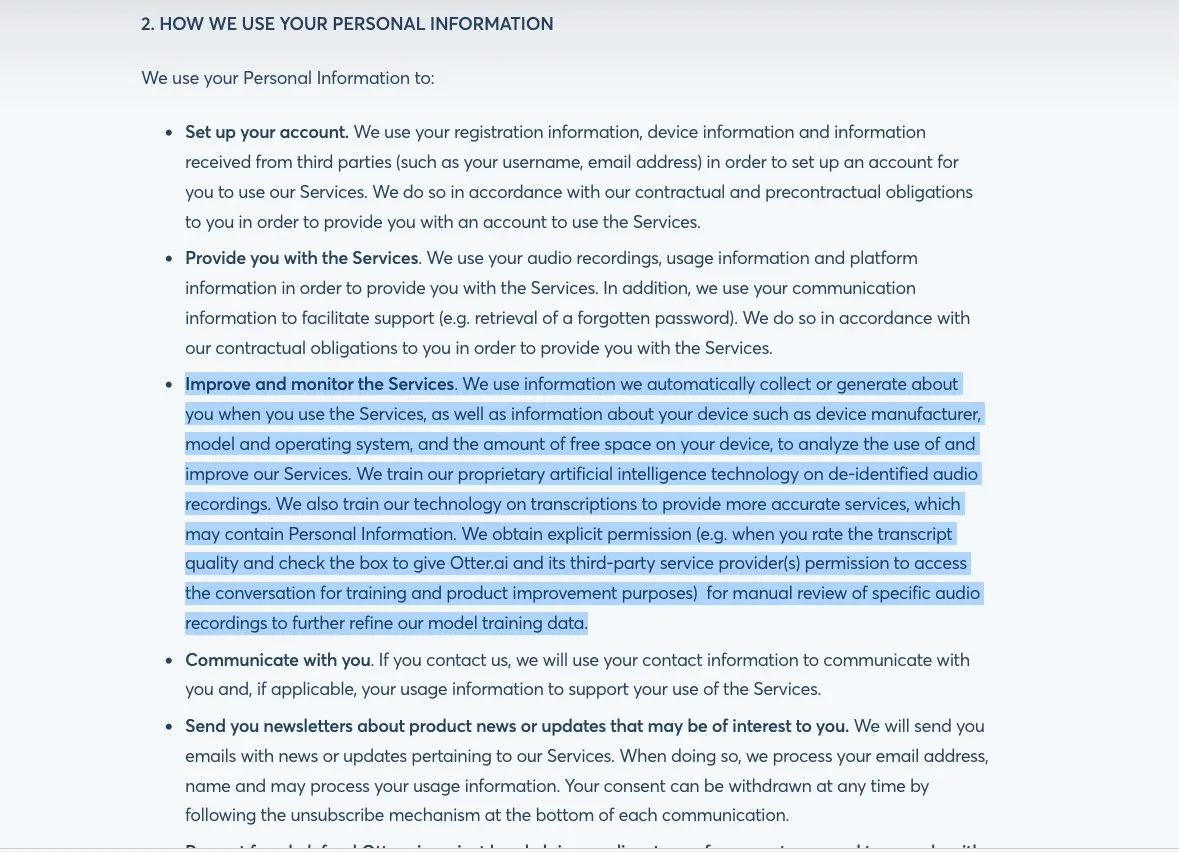 Caption: Source: Otter.ai Privacy Policy, as of August 2025
Caption: Source: Otter.ai Privacy Policy, as of August 2025
In plain terms, unless you’re on an enterprise-level plan with specific contractual guarantees, your meeting transcripts and audio may be analyzed (in some cases in an aggregated or anonymized form) to enhance the AI’s performance.
While this is common among AI transcription services, it’s a trade-off: you benefit from better model accuracy over time, but some degree of access to your data by the company is required for that improvement.
Key takeaway: If absolute data isolation is important to you, confirm the terms of your plan and whether opt-out options are available.
Compliance Check (HIPAA & GDPR)
Two major compliance frameworks often come up when evaluating transcription software:
HIPAA (Health Insurance Portability and Accountability Act): This U.S. regulation requires specific safeguards when handling Protected Health Information (PHI). Otter.ai is not HIPAA compliant by default. They only offer HIPAA compliance under specific Enterprise agreements where they will sign a Business Associate Agreement (BAA). If you’re in healthcare or handling PHI, you’ll need to secure this agreement before using Otter.ai.
GDPR (General Data Protection Regulation): This EU regulation governs how personal data is processed and gives users strong rights over their data. Otter.ai states it complies with GDPR requirements, offering features like data export, deletion upon request, and clear consent mechanisms.
Bottom line: HIPAA compliance requires special arrangements. GDPR compliance is built into the service, but EU users should still review the Privacy Policy for specifics on international data transfers.
Account Security Features
Beyond encryption, user-facing account controls are key to preventing unauthorized access.
Otter.ai provides:
- Two-Factor Authentication (2FA): Adds an extra verification step during login, making it harder for attackers to access your account even if they have your password.
- Single Sign-On (SSO) support: Available on higher-tier plans, useful for organizations managing multiple users.
- Team access controls: Role-based permissions to limit who can view or edit shared transcripts.
These features align with what’s expected from a modern SaaS platform, though 2FA is optional and must be enabled manually.
The Verdict: Is Otter.ai Secure?
For most business and personal use cases, Otter.ai offers industry-standard security measures—TLS and AES-256 encryption, optional 2FA, and enterprise features like SSO.
However, there are some caveats:
- Data use for AI training: Unless you’re on a plan with explicit opt-out or contractual guarantees, some of your data may be used to train the AI.
- HIPAA compliance limitations: Healthcare organizations must negotiate a BAA for compliant use.
- User responsibility: Features like 2FA need to be enabled to maximize security.
In short: Otter.ai is secure for general business transcription, but not a fit for those requiring absolute privacy or strict compliance without additional agreements.
A More Private Alternative is Coming
While Otter.ai is a powerful tool, we believe true privacy means your data is never seen, accessed, or used for AI training—period. We’re building a new AI note-taker on that exact ‘zero-knowledge’ principle. Join our waitlist to follow the journey and get early access.

